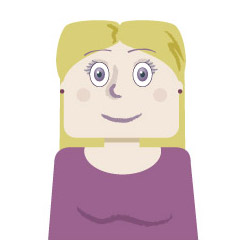Unit 5: Political and Geographical scene, Agriculture and Urban Renaissance
Presentación
See this presentation about the unit five from point 1-3 (in the book).
Descarga la versión para jugar en papel
Sobre Presentación
cities
Edad recomendada: 13 años
93 veces realizada
Creada por
Carmen Aldaz Ortega
España
Top 10 resultados
-
1Laura Cordón Rodriguez00:03tiempo100puntuacion
-
2
 Xcarmetra05 carmelo00:03tiempo100puntuacion
Xcarmetra05 carmelo00:03tiempo100puntuacion -
3
 Nicolas Sanchez00:04tiempo100puntuacion
Nicolas Sanchez00:04tiempo100puntuacion -
4
 Angela Quero00:05tiempo100puntuacion
Angela Quero00:05tiempo100puntuacion -
5Carmen Caro Pérez00:05tiempo100puntuacion
-
6Oscar Triviño Ramos00:05tiempo100puntuacion
-
7shamir wylie00:06tiempo100puntuacion
-
8Cris Cordero Méndez00:07tiempo100puntuacion
-
9
 Carlota Ruiz Martín00:08tiempo100puntuacion
Carlota Ruiz Martín00:08tiempo100puntuacion -
10
 Alba Del Rio00:08tiempo100puntuacion
Alba Del Rio00:08tiempo100puntuacion
Todavía no hay resultados para este juego. ¡Sé el primero en aparecer en el ranking!
Inicia sesión
para identificarte.
¿Quieres aparecer en el Top 10 de este juego?
Inicia sesión
para identificarte.
Crea tu propio juego gratis desde nuestro creador de juegos
Compite contra tus amigos para ver quien consigue la mejor puntuación en esta actividad
Top juegos
-

Completar frases
Completar un texto en inglés.
Belém AragónEspaña(43)
Esta actividad trata de completar un texto sencillo en inglés. Esta actividad esta dirigida para alumnos de 3º de la ESO -

Completar frases
partes de una planta
silvia de la galaPerú(17)
la partes de una planta son: tallo que sostiene a la planta, la raiz que absorve el agua y las sales minerales, las hojas que realiza la funcion de la fotosintesis y la flor


